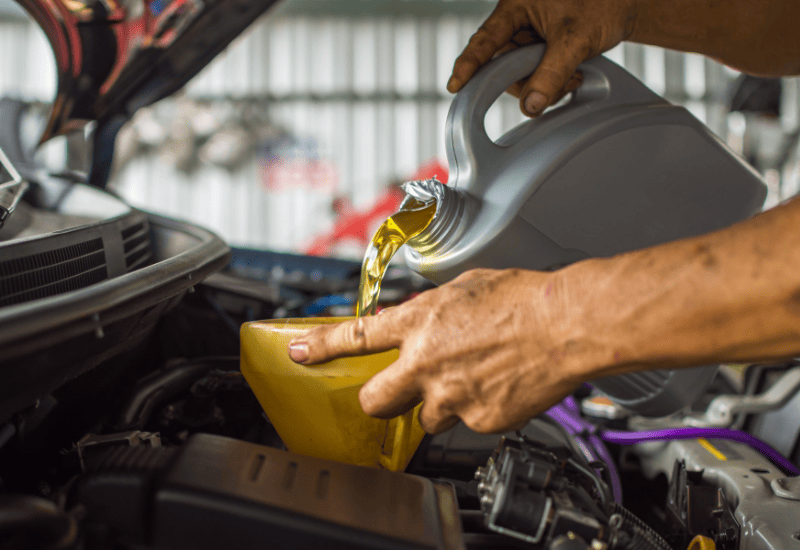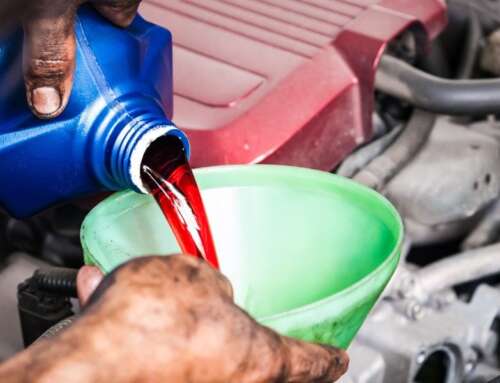Maintaining your vehicle’s peak performance and longevity starts with the right approach to storing and managing automotive lubricants. Essential storage tips for automotive lubricants like avoiding contamination, embracing quality, and meticulous organization are not just best practices—they’re vital to safeguarding your vehicle’s engine. Each tip is an investment in the care and longevity of your vehicles.
5 Storage and Handling Tips for Automotive Lubricants
Safe Storage
Ensuring the quality and efficacy of automotive lubricants hinges on proper storage and handling. Store these products in a cool, dry area, shielded from direct sunlight and temperature extremes to prevent alterations in composition. Use original containers with airtight seals to avoid contamination and moisture exposure and keep them in a well-ventilated space to reduce harmful fume buildup. Clear labelling and systematic organization help identify different lubricants and avoid their mixture.
Have a Dedicated Spot for Oils and Lubricants
A dedicated spot for keeping oils and lubricants is essential for efficient storage and maintenance. This specific automotive lubricant storage should be organized, easily accessible, and designed to prevent cross-contamination. By allocating a designated space, you can ensure that lubricants are not misplaced or mixed, and it simplifies inventory management. This practice not only aids in maintaining the quality of the lubricants, but also enhances safety by reducing the risk of accidental spills or improper handling.
Monitor Shelf Life
Monitoring the shelf life of automotive lubricants is vital for maintaining their effectiveness and safety. Each lubricant has a manufacturer-specified expiration date, beyond which its performance can deteriorate. Regularly checking these dates ensures that oils and lubricants are used within their optimal lifespan, preventing potential issues in vehicle performance and engine health.
Implementing a system for tracking the purchase and expiration dates can aid in using older stock first and avoiding expired products. This practice not only upholds the lubricants’ quality but also contributes to cost-effective inventory management and environmental responsibility by minimizing waste.
Purchase Quality Oil and Lubricants
To ensure your vehicle’s engine runs smoothly for years, it’s worth investing in top-notch oils and lubricants. Although they might cost a bit more initially, these premium products provide unmatched protection and longevity for your engine, ultimately saving you money on maintenance and helping your engine go the distance. Opting for reputable brands and products that meet or exceed vehicle manufacturer specifications ensures that the lubricants provide the best possible protection and efficiency for your vehicle’s specific needs. This approach safeguards the engine and contributes to overall vehicle reliability and performance.
Avoid Cross Contamination
Effective handling and storage are crucial to maintaining the integrity of automotive lubricants, especially to avoid cross-contamination. When handling automotive lubricants, it’s essential to use separate funnels, containers, and dispensing equipment for different types of oils and lubricants. This practice prevents mixing products with distinct formulations, which is key to preserving their unique properties. Cross-contamination can lead to altered performance of the lubricants, risking engine damage or reduced efficiency. By maintaining strict separation, each lubricant can perform as intended, ensuring optimal protection and performance for the vehicle’s components.
To help find the right automotive lubricant for your vehicle, count on Inventory Express.







